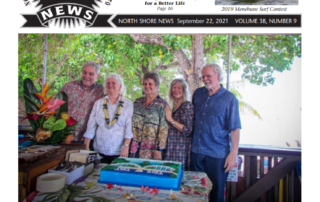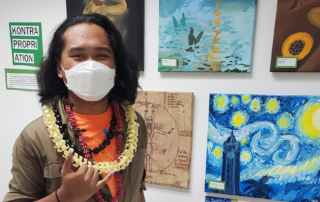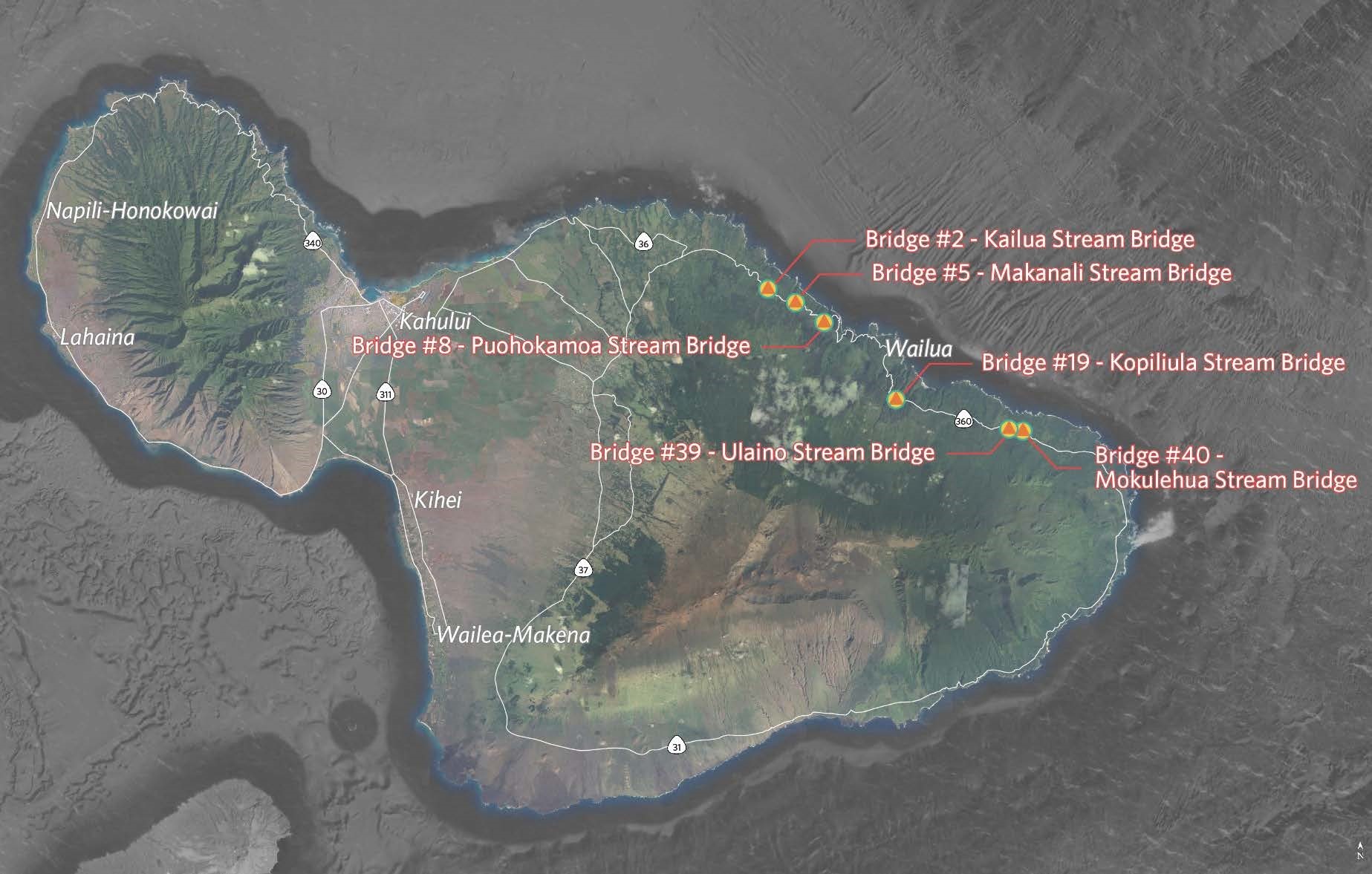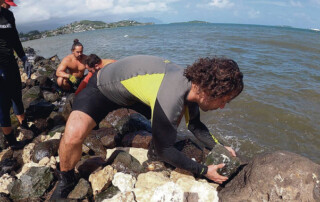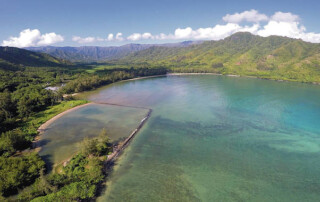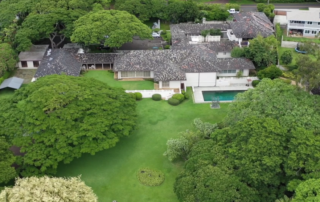East Hawai‘i Cultural Center Sees Bright Outlook
A major arts institution in Hilo has a positive outlook on the future after a recent refresh supported by a Historic Hawai‘i Foundation grant through the Hilo Preservation and Beautification Program. The East Hawai‘i Cultural Center (EHCC) is a culture and arts center that holds art exhibits, dramatic and musical performances, educational workshops and artist presentations from its historic building across from Kalākaua Park in downtown Hilo. The arts center inhabits the former District Courthouse and Police Station. The buildings were constructed in 1932; the courts left in 1969 and the police department moved out in 1975. A group of art enthusiasts took on the lease in 1979 to form an arts center. The property is listed on the National Register of Historic Places. While the building is owned by the County of Hawai‘i, the facility management and preservation is the responsibility of EHCC. Carol Walker, Vice Chair of the EHCC Board of Directors, served as the project manager. The Hilo Preservation grant provided support for bee and termite fumigation, roof repairs to address leaks, repairs to the eaves so the original copper gutters can be reinstalled, and new signage. Walker said that the project has been transformative for EHCC. “The grant proved to be a catalyst: armed with the vision that HHF had spurred us to create, and able tell potential funders that we were supported by HHF funds, we inspired other donors to contribute the funds needed to complete all six components and more,” Walker said. “The Serendipity II Fund (a donor-advised fund administered by the Hawai'i Community Foundation) and Gamelan of the Molten Blossom (the community Indonesian music group at EHCC) donated money so that all structures on our grounds could be [...]




